Very Rare Gold Flake Angel
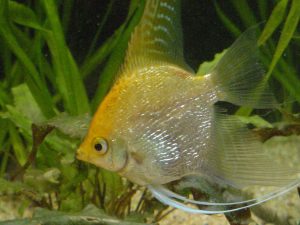
A very rare gold flake angel is eating hikari plankton in a tank at Fintastic.

A very rare gold flake angel is eating hikari plankton in a tank at Fintastic.
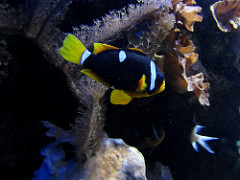 Studies have shown that gazing at aquarium fish reduces stress and subsequently lowers blood pressure. Due to their graceful swimming, color and elegant physical appearances, aquarium fish have become creatures that are very pleasing to our eyes. The peaceful nature and attractiveness of an aquarium has been shown to also significantly reduce stress and blood pressure levels. Even gazing at a decorative fish-less tank has proven to assist in reducing stress and high blood pressure. The more attractive your tank is, the bigger the health benefits will be. Here are some health benefits to look at:
Studies have shown that gazing at aquarium fish reduces stress and subsequently lowers blood pressure. Due to their graceful swimming, color and elegant physical appearances, aquarium fish have become creatures that are very pleasing to our eyes. The peaceful nature and attractiveness of an aquarium has been shown to also significantly reduce stress and blood pressure levels. Even gazing at a decorative fish-less tank has proven to assist in reducing stress and high blood pressure. The more attractive your tank is, the bigger the health benefits will be. Here are some health benefits to look at:
Aquarium Benefits Alzheimer’s
Alzheimer patients ate more, and required fewer supplements after an aquarium was placed in the dining room. They also exhibited less physically aggressive behaviors.
Therapeutic
The therapeutic use of pets as companions has gained increasing attention in recent years for a wide variety of patients -people with AIDS or cancer, the elderly, and the mentally ill. Animals provide a constant source of comfort and focus for attention. Animals bring out our nurturing instinct. They also make us feel safe and unconditionally accepted. We can just be ourselves around our pets.
Heart Attacks
Research has shown that heart attack victims who have pets live longer.
Whether it’s a saltwater aquarium, or a freshwater aquarium, watching those beautiful fish going about their daily business is great for your stress levels and your blood pressure. Numerous studies have shown that watching aquarium fish can make you feel calm, reducing feelings of anxiety and so help bring down your blood pressure. Now we know why so many doctor’s and dentist’s waiting rooms have aquariums; you’ll feel that bit more chilled by the time you get to see your physician.
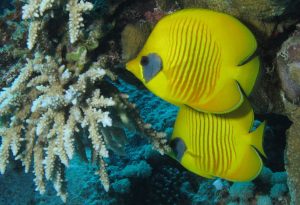
These are larvatus butterflies also chowing down on plankton.
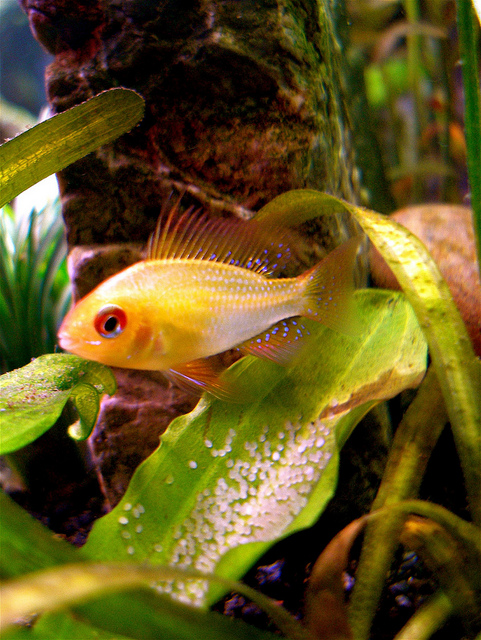 Custom aquariums are aquariums that are built based on suggestions or input from consumers. A reputable fish tank manufacturer will then take your ideas or suggestions and use them to build you the fish tank of your dreams; a fish tank that many otherwise not be found for sale online or in one of your local fish tank supply stores.
Custom aquariums are aquariums that are built based on suggestions or input from consumers. A reputable fish tank manufacturer will then take your ideas or suggestions and use them to build you the fish tank of your dreams; a fish tank that many otherwise not be found for sale online or in one of your local fish tank supply stores.
Getting a new fish tank can be very exciting, but if you get the plain store model you can be highly disappointed in the results you will get from your aquarium. When ordering a custom aquarium, you will have an opportunity to give the designer your input into how you want your custom aquarium to be built.
Benefits:
As you likely already expect, custom aquariums do cost more money than pre-built aquariums. Despite the increase in cost, remember what you are getting. A custom aquarium allows you to literally have the aquarium of your dreams.
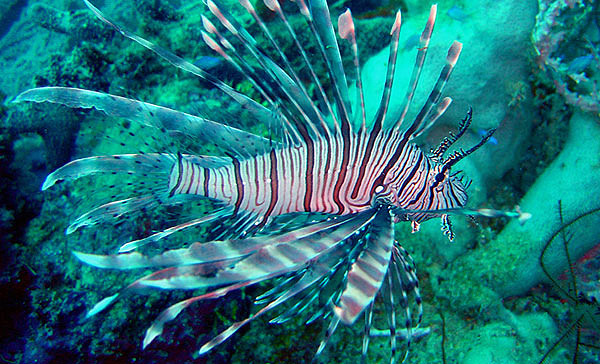

Advance Happy New Year to everyone! We have great news to all Fintastic fanatics! We will be operating under normal hours on Sunday, Jan 1. We will be closing early tomorrow at 4PM. See you there!

OCCELARIS CLOWNS- 25% OFF
QUEEN ANGELS- 25% OFF
ALL CARDINALS- 25% OFF
ALL LIVE ROCK- 25% OFF
ASTREA SNAILS- BUY ONE GET ONE FREE
ASST POLYPS- 25% OFF
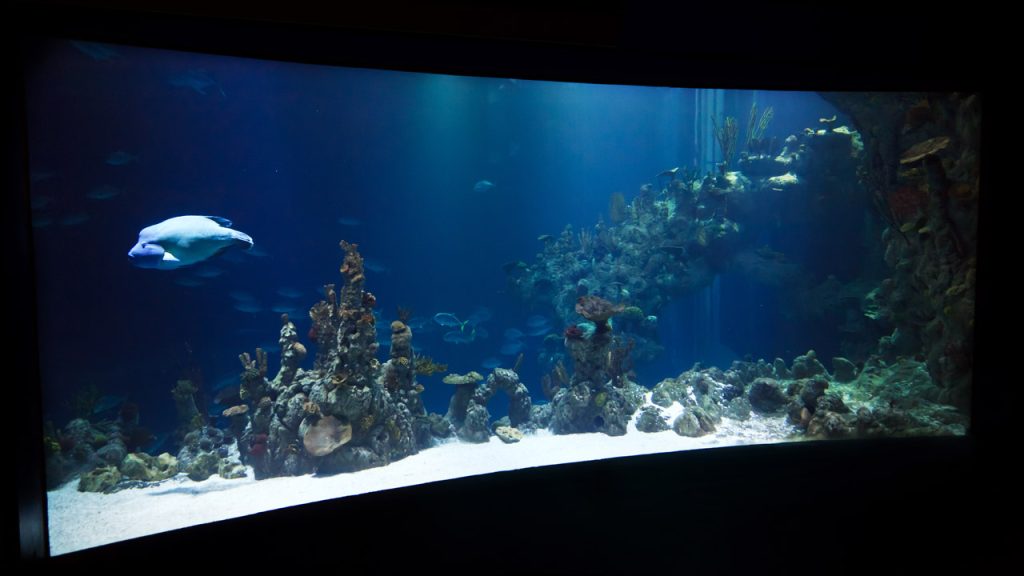 This month, we are offering $200 in FREE product with purchase of 100 Gallon Combo! So come by and get your Gallon Combo today!
This month, we are offering $200 in FREE product with purchase of 100 Gallon Combo! So come by and get your Gallon Combo today!
For those who don’t know, we are located at 2135 Ayrsley Town Blvd., Charlotte, NC 28273-3541. Call us at (704) 525 – 0049. See you!

Angel Fish
Serpae Tetra
Gold Ram
All Barbs
Marigold Swords
Redtail Blue Hifin Platty
Forktail Rainbow
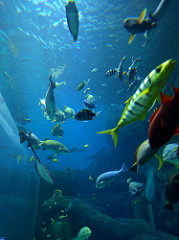 I will miss Fintastic very much you guys are the best! could not be more pleased with your store and all of the great employees you have.
I will miss Fintastic very much you guys are the best! could not be more pleased with your store and all of the great employees you have.
Thank You,
-Kevin Moore
We appreciate the kind words Kevin. Thank you and hope to see you again.
